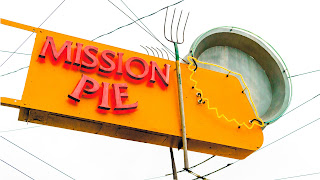I have become a skimmy-dipper. Whether it's Facebook, Instagram, Twitter, ESPN, Bleacher Report, RELEVANT, Runner's World, CNN, Fox, NPR, blogs, student work, etc., I skim. If I'm honest, I skim because reading (and my purpose for reading) has become all about me and my interests and my time and my instant gratification and my evidence-seeking-to-back-my-opinions kind of reading. I didn't think twice about skimmy-dipping until I came across an article that appeared in The Guardian titled, Skim reading is the new normal. The effect on society is profound by Maryanne Wolf . Wolf makes some thought-provoking claims that have serious implications not only for my classroom but for society as a whole. In it she writes: The possibility that critical analysis, empathy and other deep reading processes could become the unintended “collateral damage” of our digital culture is not a simple binary issue about print vs digital reading. It is about how we all have begun to read...





